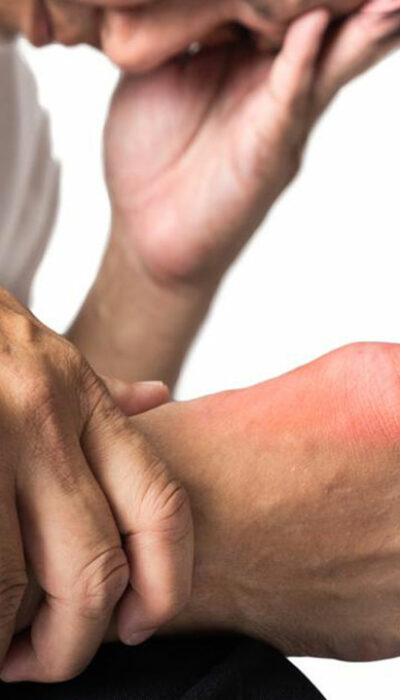
Symptoms and Treatments for Gout
Gout is one of the most frequently recorded medical conditions over the past years and throughout the history. A kind of arthritis, gout is caused when uric acid crystallizes in the body, and these crystals accumulate in joints. This happens when the body produces too much uric acid or fails to remove it, which results in increased levels of uric acid in the body. The uric acid crystals deposited in the joints cause an attack of sudden burning pain, stiffness or swelling (usually in the big toe). There are several cures for gout. Symptoms of gout The symptoms of gout include: Sudden increasing pain in the affected joint Heat in the afflicted area Joint swelling A reddish bruise or coloring on the skin Joint tenderness These painful spells can last for hours, days, or sometimes weeks. Usually, this swelling or stiffness involves joints in the lower extremities, but severe gout can affect many joints at once. This is known as polyarticular gout. The painful attacks may frequently repeat, which can harm the joints, tendons and other muscle tissues in the afflicted area. The presence of a tophus, a hard nodule of uric acid deposit under the skin, is another sign of gout. Tophi indicates a substantial overload of uric acid levels in the body. Cures for Gout At the onset of gout, when the pain attacks are mild and infrequent, dietary and lifestyle changes must be made right away. This can be an effective way to treat gout. Guidelines to be followed are: Maintain high fluid intake – 2-4 liters a day Maintain a healthy body weight Eat a balanced diet – avoid fish, meat, and poultry Avoid alcohol But if the condition becomes severe, medications are necessary to lower the uric acid content. There are three approaches to medicinal cures for gout.










